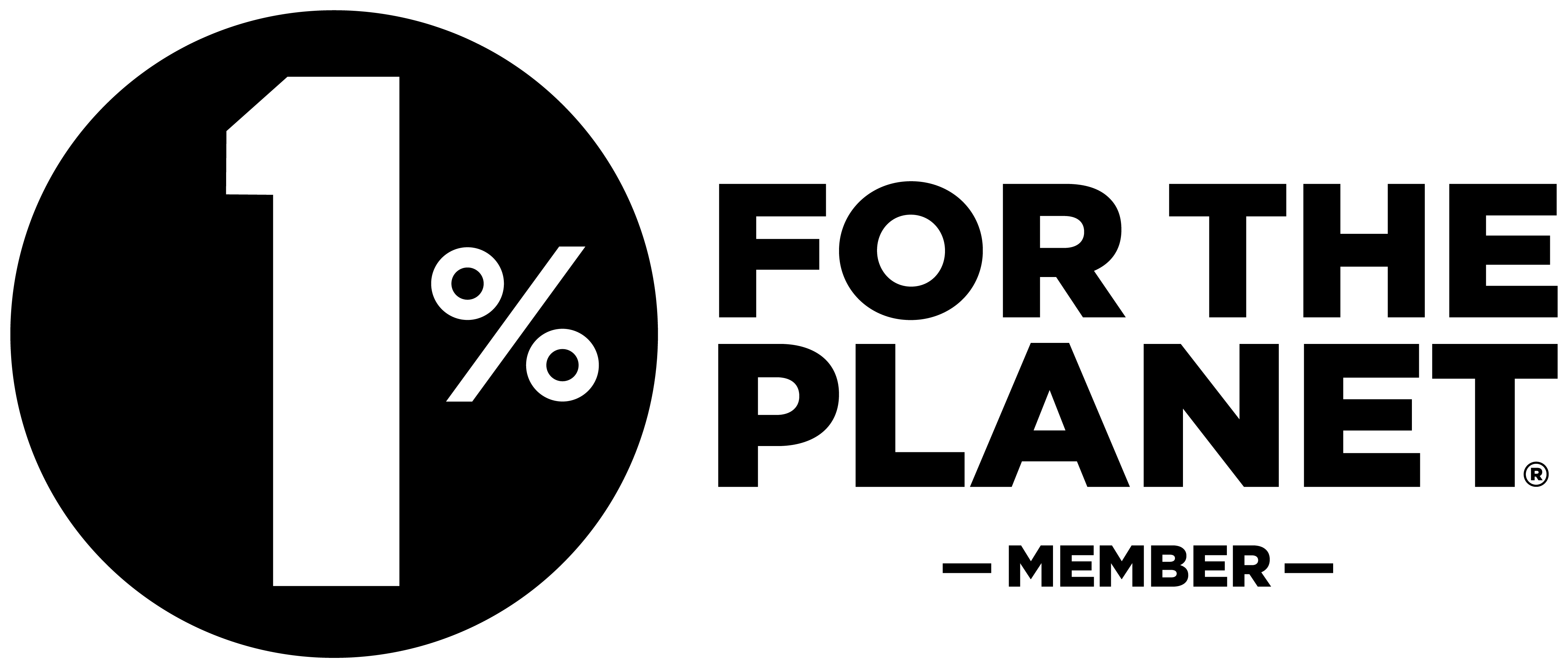
By Eva Kagiri-Kalanzi, Head of Programmes and Partnerships
5 January 2023
If you are like me, and take the existence of your wristwatch for granted, you may not know about horology. I should probably put a disclaimer at this point that the title of this piece is ‘stolen’. A few years ago, a colleague introduced the word repivoting to a conversation about business development and I fell in love with it. Over the years, I’ve been involved in a multitude of things – moving from private sector to higher education and in between, the third sector. It’s been the same with my areas of interest – from ICT for development, to Sanitation and Technology, Science, Technology and Innovation Policy, International Research Cooperation, Science and Policy, Research Management, and at the heart of it – Renewable Energy – both in research and private sector.
I’ve always wondered how to explain these numerous interests to people, or how I could really articulate my constant cycle in and out of these areas. When my colleague mentioned repivoting, I thought – that’s exactly me! That one word resonated with what I’ve been doing over the years. Repivoting is about change. It’s about changing direction. The drive for that change can be rooted in many factors, some intrinsic and some extrinsic.
Back to horology. If you haven’t googled it yet, it is the study of the measurement of time, and the study of mechanical time keeping devices[1]. I did a random search on ‘the art of repivoting’ – just trying to make sure Sun Tzu hadn’t published anything after ‘The Art of War’ – and that’s how I came across Mahlon L. Shetler, an Amish watchmaker who developed a new technique for repivoting pocket and wristwatch balances without causing damage. It’s through a watch’s balance wheel that it keeps regular time.
I am changing direction again – I am repivoting. I am doing this at a time of projected uncertainty – a recession, rising cost of living, energy crisis, global instability. I could write a long list on why I shouldn’t do this now, but I could equally write a longer list on why I should do. The issue here isn’t whether I do it or not, it’s how I do it.
With each change, I emerge with new learning and thinking. This time, I am taking a leaf from Shetler – I’m repivoting while ensuring that I maintain balance. Balance for me is about positioning my work around my personal life, belief in the values of global justice and equality.
That’s what I’ll be doing at Scientia Scripta – merging my extensive areas of expertise with that of my two colleagues Edwin Colyer and Holly Cave to transform company cultures. Working with technology, research, and science enterprises we are digging deep into innovative ways of democratising science for good. We want organisations to work differently when they conduct research, implement projects and communicate about their work. It’s about changing process, making science accessible, empowering people to get involved at all levels, centring the planet, and adopting durable and lasting culture and operational change.
Are you thinking of repivoting? Here are a few lessons I’ve learnt over the years…
- Change is good, but most importantly, it is good to know when to make change – at a time when you’ve learnt and taught enough.
- Begin from the mindset that everything is interconnected – everything you’ve experienced, learnt, or achieved up to this point in your career and life has value.
- Skills are transferrable – once you realise everything is interconnected, you’ll quickly join the dots on skills that you could transfer to your next challenge.

